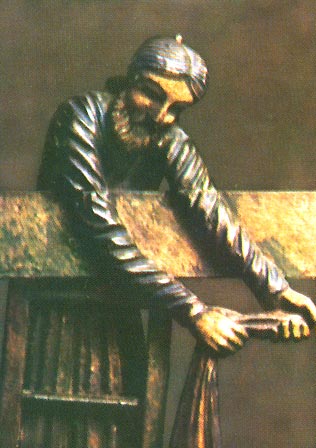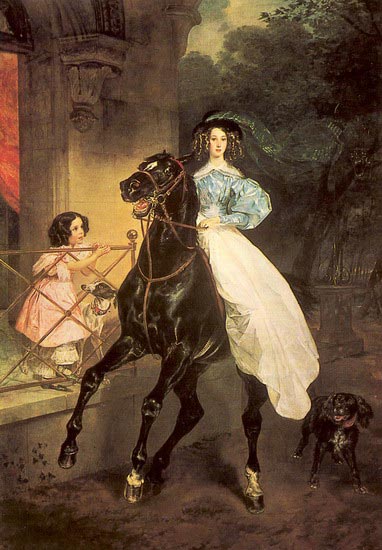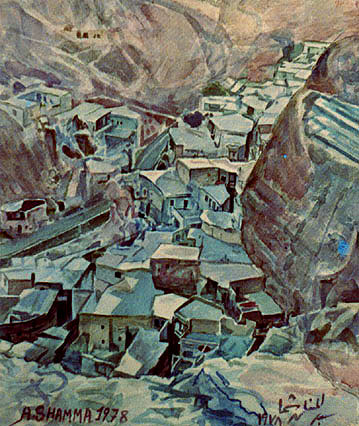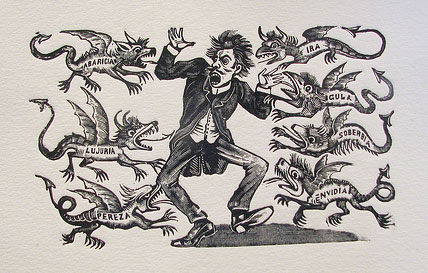did not pass
Egyptian ostracon drawings
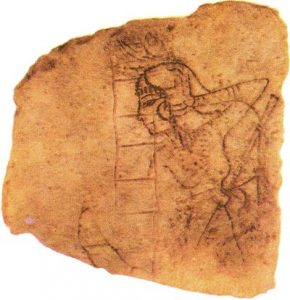 In the art of ancient Egypt there are monuments that make up a special group. These are works of graphics – drawings on the boards. The Greek word “ostracon” literally means a shard, a fragment of ceramics. However, in relation to the art of ancient Egypt, it has a more capacious meaning. This word is commonly understood as drawings made not only on fragments of ceramics, but mostly on chipped stone (usually limestone), less commonly wood, that is, on material that was always at hand with masters engaged in decorating the tombs of the Theban necropolis — painting walls , manufacturing of statues and items of funeral inventory. Continue reading
In the art of ancient Egypt there are monuments that make up a special group. These are works of graphics – drawings on the boards. The Greek word “ostracon” literally means a shard, a fragment of ceramics. However, in relation to the art of ancient Egypt, it has a more capacious meaning. This word is commonly understood as drawings made not only on fragments of ceramics, but mostly on chipped stone (usually limestone), less commonly wood, that is, on material that was always at hand with masters engaged in decorating the tombs of the Theban necropolis — painting walls , manufacturing of statues and items of funeral inventory. Continue reading
Venetian landscape painters of the 18th century
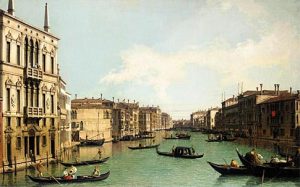 By the beginning of the 18th century, the once mighty Venice had lost its significance as the political center of the Mediterranean, becoming a peculiar center of pilgrimage. Rich travelers from all over Europe came here to admire the beauty of the city. And everyone dreamed of taking a picture, drawing or engraving depicting a corner of a beautiful city as a souvenir. No wonder the most popular among other genres enjoyed the landscape.
By the beginning of the 18th century, the once mighty Venice had lost its significance as the political center of the Mediterranean, becoming a peculiar center of pilgrimage. Rich travelers from all over Europe came here to admire the beauty of the city. And everyone dreamed of taking a picture, drawing or engraving depicting a corner of a beautiful city as a souvenir. No wonder the most popular among other genres enjoyed the landscape.
“The population of Venice,” wrote the historian Monnier, “is a festive and idle crowd: poets and hangers-on, hairdressers and usurers, singers, dancers … – everything that lives in pleasures or creates them. Continue reading
Barbizon School of Painting
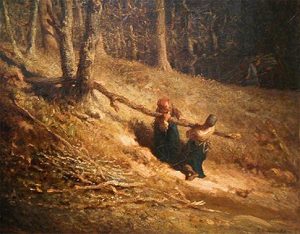 Barbizon School of Painting
Barbizon School of Painting
Far from the noise of the capital, the French painters of the last century have chosen the area around the royal residence of Fontainebleau, which since the times of Francis I has attracted the lands of noble hunters. As early as the 18th century, J.-B. Audrey wrote the magnificent scenes of the royal hunt. After the turbulent events of the Great French Revolution and the fall of Napoleon I, when the time of the festivities was gone, landscape painters often visited here. Continue reading
